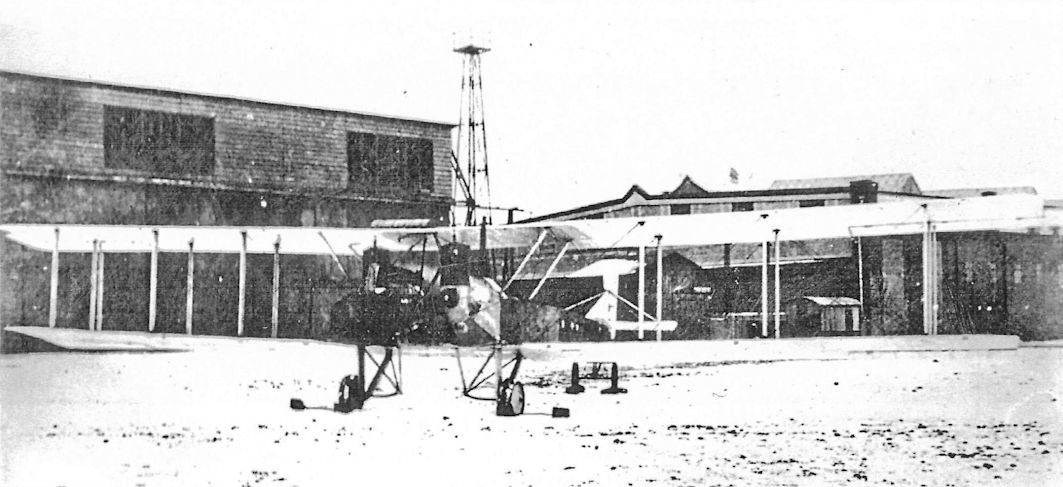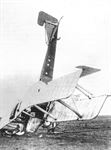
Описание
Страна: Германия
Год: 1917
O.Thetford, P.Gray German Aircraft of the First World War (Putnam)
Gotha G VI
Based on the standard Gotha G V wing cellule, the G VI was probably the world's first asymmetric aircraft. The fuselage, offset to port, housed a normally mounted engine in the nose driving a tractor airscrew, the nacelle to starboard housing the other engine driving a pusher airscrew. After some successful flights, the machine was wrecked and was developed no further. Engines, two 260 h.p. Mercedes D IVa. Span, 23.7 m. (77 ft. 9 1/4 in.). Length, 12.4 m. (40 ft. 8 1/4 in.). Area, 89.5 sq.m. (967 sq.ft.).
Описание:
- O.Thetford, P.Gray German Aircraft of the First World War (Putnam)
- J.Herris Gotha Aircraft of WWI (A Centennial Perspective on Great War Airplanes 6)
Фотографии
-
J.Herris - Gotha Aircraft of WWI /Centennial Perspective/ (6)
The second Gotha G.VI prototype had larger, three-bay wings. Flight tests began in January 1918 and continued through March. In April work on the G.VI was abandoned due to mediocre flight performance. Problems with the radiators were a contributing factor. Furthermore, terminating G.VI development enabled Gotha engineers to focus on development of the more promising GL.VII and GL.VIII bombers.
-
J.Herris - Gotha Aircraft of WWI /Centennial Perspective/ (6)
The nose undercarriage indicates this is likely a Gotha G.Va. These well-known photos show a gunner demonstrating the field of fire of the front and rear gunner's positions in a night-camouflaged bomber. A rare Gotha G.VI prototype is in the background.
Другие самолёты на фотографии: Gotha G.V - Германия - 1917
-
J.Herris - Gotha Aircraft of WWI /Centennial Perspective/ (6)
The first Gotha G.VI prototype had two-bay wings. It is shown here after a landing accident in November 1917. The fuselage and tail were derived from the Gotha G.IV and the wings were similar to those of the Gotha G.II.




